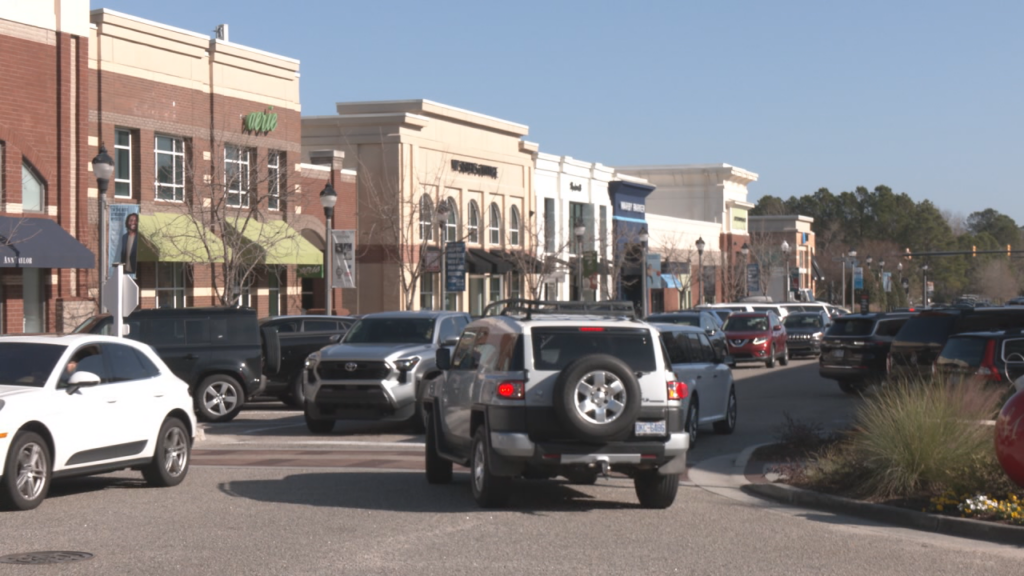Division from development: debate grows over future sledge forest housing development
NEW HANOVER, NC (WWAY) — The Sledge Forest is an old-growth forest in New Hanover County made up of wetlands, swamps, tidal marsh, tree canopies, and home to a variety of wildlife.
Kayne Darrell, director and one of the co-founders of ‘Save Sledge Forest’ says it is a natural phenomenon in the community under siege.
“We are a community-led grass root campaign to protect and preserve Sledge Forest, and also to protect our community from a massive, ill-conceived, 4,000 plus home development in rural Castle Hayne,” said Darrell.
Save Sledge Forest has led efforts to preserve the forest and voice heavy concerns against Hilton Bluffs, which is developed by Copper Builders CEO Wade Miller.
“‘Hilton Bluffs’ is a piece of property just north of Wilmington. It’s a really beautiful setting that’s composed of a really nice, natural area, and some timberland, and our goal for the project is to both preserve some of the natural beauty of the property and to build a really nice development that integrates with nature,” said Miller.
Miller’s development doesn’t need approval from any elected official, but proposed keeping about 3,000 acres of sledge forest untouched.
In exchange, the county would let him build 4,000 units onto the remaining 1,000 acres – in what’s called a performance density bonus.
“We’re not planning to build on any of those wetlands, instead, where we are planning to build, is on the timberland,” said Miller.
Darrell complains Miller is using a ‘loophole’ because much of the 3,000-acre area that is being left undeveloped is already unbuildable for either logistical or legal reasons.
“The area is zoned rural agriculture,” says Darrell.
Protesters of the development are also concerned that a 4,000-unit development will cause major traffic density, strain already crowded schools, and release toxins into the air and water.
Retired UNCW environmental science professor Dr. Roger Shew says building on wetlands creates a fourth problem as well.
“With such a density, we’re going to have lots and lots of development with the units, which means impervious surfaces, and the impervious surfaces, of course, mean increased storm water,” said Shrew.
Miller sees a different approach to the runoff.
“Once we build our community, we’ll have put in a lot of infrastructure, to take the water, store it, and treat it, before we put it back into the river,” said Miller.
Now, environmentalists are left wondering what’s next.




